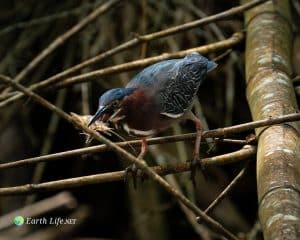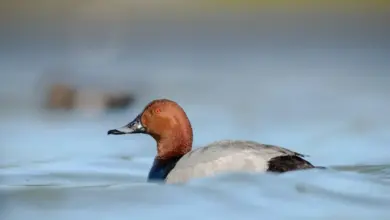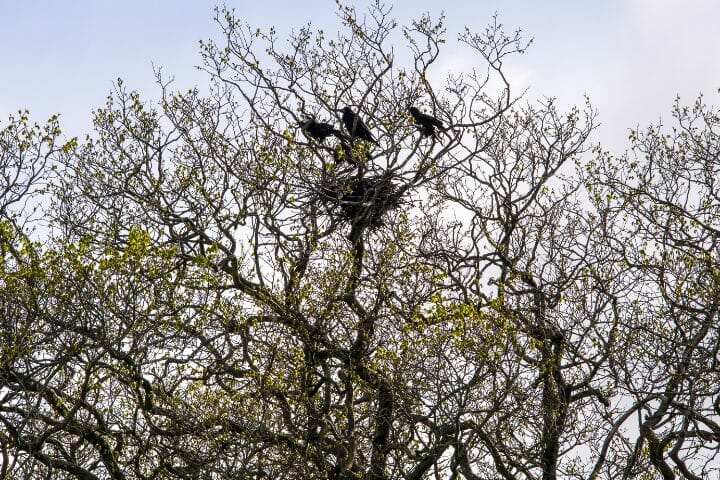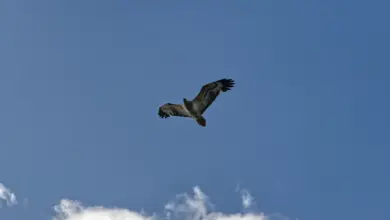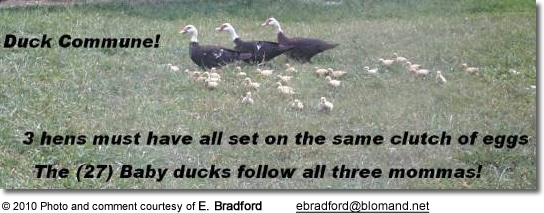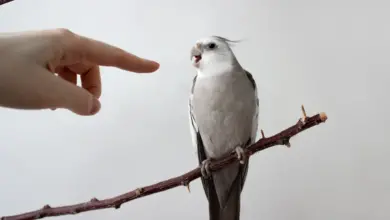The Bird Digestive System
The Bird Digestive System: Saliva, Gizzard & Alimentary Canal
Digestion as a concept covers the passage of food items into and through the body and includes the elimination of wastes as well as the uptake of nutrients.
Birds are often small with high energy needs – and for this reason they can digest food very quickly. This high digestive rate helps young birds grow to maturity quickly – and migrating birds to put on the fat reserves that make their long flights possible.
Carnivores can digest whole small animals over several hours, while fruit can take less than 45 minutes to pass completely through the digestive system.
Some birds can increase their weight by up to 40% in 10 days.
The pancreas secretes insulin, thus regulating blood sugar levels. Because of their speedy metabolism, small birds need to eat far more regularly than larger ones. And need to stock up well before the long winter nights, when foraging is not possible for many hours and keeping warm burns up a lot of energy.
It Starts At The Mouth
Food is taken in at the mouth. Birds do not chew their food, though it may be broken up or crushed by the bill in the process of being obtained. Birds do not have the soft palate that we have, which enables us to swallow in our traditional manner. Instead they have to tilt their heads back to get the food item from the buccal cavity (the space inside the mouth) to the top of the Oesophagus (the first part of the throat).
From here the food continues its journey through the bird by means of peristaltic contractions. The oesophagus is basically a muscular tube which draws the bird’s food further into its body.
Bird Saliva
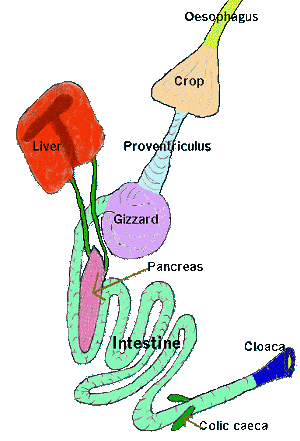
Note that some birds have quite functional salivary glands – and in birds which feed mainly on small insects or seeds – bird saliva is used to glue the insects or seeds into a sticky ball for ease of swallowing. Though in some birds such as the pelicans, the salivary glands have disappeared altogether.
In Green Woodpeckers – which use saliva to make their tongues sticky to help collect the ants which they eat – the bird’s salivary glands are large and well-developed.
The most well-known salivary glands in birds are those of the swifts and swallows, which are used not only in eating, but also in gluing together the ingredients used to build the nest.
This reaches its extreme in the Swiftlets (Collocalia) of Asia, which build their nests entirely from a saliva that hardens in the air. Unfortunately for these birds, some humans have developed the habit of eating a soup made from these nests – and thousands of nests are wrecked or stolen every year in China and its surrounds to make this soup.
In many birds, the oesophagus ends in a specialised storage organ called the crop. This is basically just an enlarged part of the oesophagus… where food eaten in a hurry to avoid predators is stored until it can be digested later.
It is most highly developed in graminivorous (seed eating) birds and those which consume large amounts of vegetation, such as pigeons and fowl.
In pigeons it has evolved a further use in that, during the breeding season, it becomes softer and secretes a milk-like substance – on which the newly hatched pigeons are fed.
Pigeons are the only animals – apart from mammals – to do anything like this.
Interestingly the production of pigeon milk is controlled by the hormone prolactin, which is the same hormone that controls the production of milk in mammals.The crop leads into the stomach where the digestion process really begins.
The Gizzard and Stomach
The bird’s stomach can be seen to be easily divided into two sections, the proventriculus and the gizzard.
The proventriculus, sometimes called the glandular stomach, is a tube-like area which produces a large amount of digestive juices – particularly enzymes such as pepsin and hydrochloric acid. It also serves as an additional storage area in some birds, such as gulls, and produces a defensive smelly oil in the Fulmar (Fulmarus glacialis) – which can be ejected through the mouth and open bill at an approaching predator.
Once the food has been well soaked in digestive fluids it passes into the bird’s gizzard.
The gizzard is a highly muscular organ, which performs the same role in birds that jaws and teeth perform for us. In other words it grinds the food up into small pieces, increasing its surface area and enabling it to be more easily digested.
Some species of birds – particularly those which feed on hard dry seeds – will also eat small pebbles. These become lodged in the bird’s gizzard and help grind up the food.
In birds of prey, the gizzard is much less muscular and serves instead to be the place where the indigestible solid remains of prey items – such as hair and bones – are collected together and formed into a ball or bolus. This pellet is then ejected, whereupon it becomes of much use to ornithologists – who wish to study the bird’s diet.
It is particularly useful to birds who swallow their prey whole, such as owls – because if the small bones of their prey were to pass beyond the gizzard into the rest of the digestive tract, they could cause serious damage to these soft organs.
The first part of the small intestine is called the duodenum. And the valve between the gizzard and the duodenum – which controls the passage of food further into the digestive tract – is called the pylorus. The rest of the small intestine is divided into two parts, called the jejunum and the ileum.
There is not really much difference between these parts in birds. Though in mammals they are reasonable well differentiated. The small intestine is the site of most of the digestion and absorption of materials in the bird’s gut.
The pancreas is slightly more well developed in birds than in mammals, perhaps as a partial compensation for the lack of saliva and chewing. It produces carbohydrate, fat and protein digesting enzymes – which are secreted into the small intestine.
The liver has two distinct lobes, each with its own duct leading into the small intestine. The liver, as in mammals, houses the bile – which in birds however is acidic and not alkaline as it is in mammals.
Many birds do not have a gall bladder to hold the bile… and it is secreted directly into the pancreatic ducts.
At the end of the small intestine are several intestinal caeca or colic caeca (pronounced seeka).
These caeca are much larger in herbivorous species (such as Grouse) and reduced in carnivores and fruit eaters (frugivores). They store bacteria, which are essential in the breakdown of cellulose. Like mammals, birds do not produce the enzymes that allow them to digest cellulose – so they can only do so by housing these bacteria.
The large intestine is greatly reduced in birds when compared with mammals and plays practically no role in the bird digestive system.
And Out The Other End
Finally the bird’s digestive tract ends in the cloaca, where faecal material is collected before it is expelled through the vent or anus.
The digestive tract of birds varies in length depending on diet, with carnivores having the shortest intestinal length and herbivores the longest. Omnivores are somewhere in between.
In some species such as the common Starling, Sturna vulgaris, the intestinal length varies through the seasons. It is shorter in summer – while the birds are feeding mainly on highly proteinaceous insect foods – and longer in winter, when they are feeding mainly on carbohydrates like seeds.
Final Thought
Well I hope that has given you some visibility into the fascinating process of the birds elementary canal! See if you can catch a glimpse of your favourite bird eating it’s prey out in nature with your binoculars. If you are new to bird watching, you might want to check out our suggestions for bird watching binoculars.

